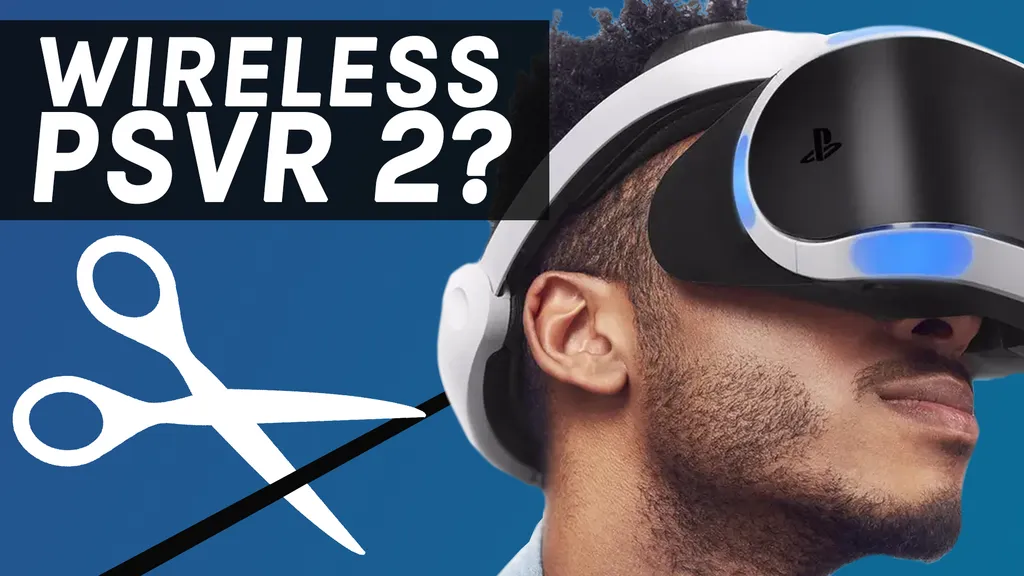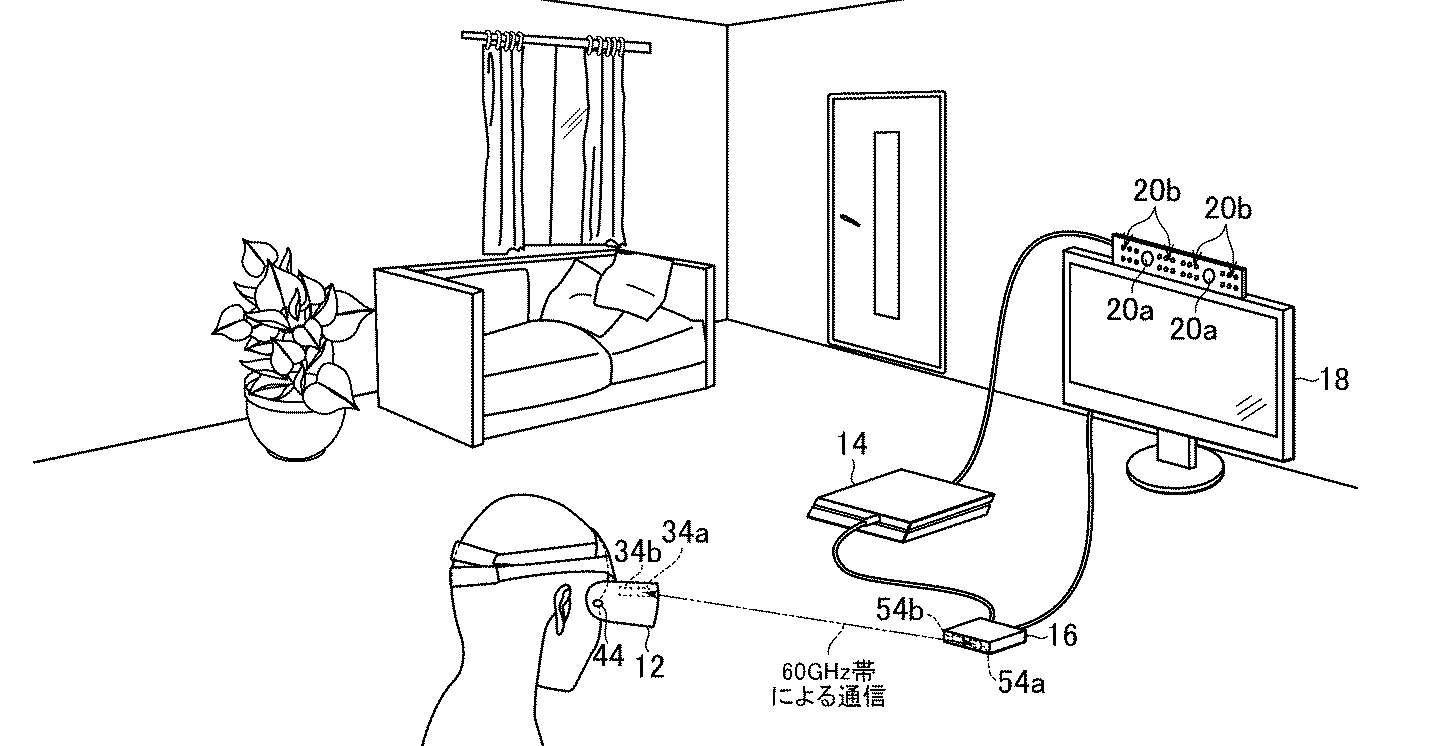A wireless PSVR 2 headset could still be on the cards. Let’s walk you through why.
We were all relieved last month when, at long last, Sony confirmed it would indeed be making a new VR headset for the PS5 (which, to be clear, isn’t officially named PSVR 2 yet). But the news came with what some people consider to be one significant caveat: the device will connect to the console with a single cord.
Now, in Sony’s eyes and even to the minds of many PSVR owners, that’s a great thing – the original PSVR’s mess of wires, which ran from the headset to a breakout box and then across HDMI, USB and power ports, was a nightmare. This new solution will undoubtedly be a big improvement over that setup. Should PSVR 2 also ditch the need for a user-facing camera, Sony will essentially be making the same jump Facebook did between the Rift and single-cord, inside-out-tracked Rift S. But those enjoying the infinitely streamlined freedom of the Oculus Quest 2 can attest to the power of wireless VR and its importance to the industry. Improved resolution, field of view and tracking are all essential upgrades but, if Sony really wants to step it up, wireless is just as — if not more — important.
We shouldn’t, however, take last month’s blog post as definitive confirmation that the new device won’t have a wireless option in the future. Here’s why.
Sony R&D Has Teased A Wireless PSVR 2 Before
For this point, we refer once again back to the oft-cited interview with Sony Interactive Entertainment’s Senior Vice President Research and Development, Dominic Mallinson. In 2019, he gave a talk outlining potential features for next-generation headsets. Along with many of the expected improvements, Mallinson pointed towards possibly releasing two different versions of a potential PSVR 2, with a high-end model including wireless support.
“Here’s a wired headset,” he told VentureBeat. “You can take the wire and replace it with wireless. And then you can have a range. So you can have an introductory model and a high-end model. That’s something we’ve done with PlayStation 4. We could do that with PSVR.”
Mallinson’s PS4 mention refers to the PS4 Pro, a specced-up version of the console that ran some games in 4K, which released midway through the console’s lifecycle. Granted that, as VP of R&D, his suggestions are in no way guaranteed to make it through to actual, marketable products, but it does present an interesting idea.
What if PSVR 2 does release with wired and wireless variants? Or perhaps there’s a wired option at launch and, in a few years’ time, a PSVR 2 Pro hits with the wireless option? Better yet, what about the base model with the ability to upgrade to wireless without getting an all-new headset? You could then, feasibly, have a lower-cost model that could keep Sony in competition with Facebook’s Quest headsets, and a higher-end option either as an upgrade path or an all-new headset for enthusiasts.
Sony Patents Back-Up Wireless Research
Now patents, obviously, are just that. They more than likely start and end with R&D. Heaven knows there’s a lot of PSVR patent filings that aren’t outlining features in PSVR 2. With that said, in March 2019 we reported on a Sony filing for a headset that wirelessly communicates with external hardware.
The description says that the console powering the headset would feature a “program capable of switching a frequency band used for communication earlier than before according to a change in an environment in which a communication device or a communication partner is placed.” Again, this is just a patent filing and in no way actual confirmation the feature could make it to market, but it’s definitely proof that Sony has scoped out a wireless PSVR 2.
What Could A Wireless PSVR 2 Look Like?
If Sony does pursue this feature, wireless connections on PSVR 2 could take one of two forms. First, it could utilize the 5GHz WiFi already built into the PS5 itself. That would mean no bulky add-ons, but the headset would need computing power to decompress the wireless signal. Compression would add some latency to the process, though.
Or, it could go the HTC route and sell a dedicated 60 GHz transmitter, with a receiver attaching to the headset. This is the option it looks to be exploring in the patent above. It would result in better-quality VR with much less compression and latency, but it could add bulk and would need a clear line of sight between the headset & transmitter. Sony could build the 60 GHz receiver into the headset, but that would drive up the cost of the device itself. By leaving it as an add-on, you could instead present every PSVR 2-owner with a cheaper upgrade path as opposed to choosing between one of two headsets.
Don’t count a wireless PSVR 2 out of the race just yet, then. It’s very likely that a wired connection will be the definitive way to use PSVR 2 whenever it launches and will be an essential feature for those that can’t support wireless connections. But Sony might be preparing optional wireless support either built into the headset itself or through a high-end model. Whatever its plans are, we likely won’t find out for ourselves for some time.
Would you want to use a wireless PSVR 2? Let us know in the comments below!































